The beast of the Apocalypse: who will be the beast described in the Bible?
The beast of the Apocalypse, often associated with evil and destruction, is the subject of varied interpretations.
In this text, we will learn more about the description of the beast of the Apocalypse, we will answer frequently asked questions about its nature and meaning, and discuss how to understand this intriguing aspect of the book of Revelation. Read with us and find out more, let’s go!
The beast of the Apocalypse: how is it described?
In the apocalyptic context, the beast of Revelation is an emblematic and complex figure described in the book of Revelation, the last book of the Bible. She emerges from the sea, a symbol of turmoil and instability, with seven heads and ten horns.
Each head bears blasphemies, representing arrogance and rebellion against God. Above these heads are names that indicate an affront to the divine. This multifaceted image illustrates the malevolent nature of the beast, while its horns denote power and authority.
Furthermore, the beast is often associated with the number 666, known as the “Number of the Beast”, which intensifies its demonic character.
It is a symbol of evil incarnate, a force that opposes the divine and tries to divert humanity from the path of righteousness.
The beast also has the ability to perform “deceptive miracles”, deceiving people with its supernatural abilities.
These deceptions are part of a strategy to divert believers from the true spiritual path. Their presence is a reminder of the constant struggle between good and evil, representing the temptations and challenges that believers will face.
The exact interpretation of the beast varies between different religious and theological traditions. Some see her as a historical representation of evil empires, while others perceive her as a future figure, personifying evil at the end of time.
Regardless of interpretation, the beast of Revelation remains one of the most powerful and enigmatic symbols in Scripture, reminding believers of the need to resist evil and remain steadfast in their faith in the face of adversity.
Common questions
1. Who is the beast of Revelation?
The identity of the beast of Revelation is the subject of intense theological debate. It is interpreted in various ways within Christian traditions.
Some see her as a symbolic representation of evil political and governmental systems throughout history, while others see her as a future figure, like the Antichrist, who will emerge in the last days.
Regardless of the interpretation adopted, the beast personifies evil and rebellion against God.
Its central role in the book of Revelation serves as a powerful warning, reminding believers of the spiritual challenges they face and encouraging them to remain faithful to the divine by resisting temptation and the corruption it represents.
2. What does the beast of Revelation mean?
The beast of Revelation symbolizes the extreme corruption and evil that will arise in the last days, challenging divine values.
Representing evil systems and individuals, she personifies opposition to spiritual truth and righteousness. His seven heads and ten horns denote arrogance and earthly power, while deceptive miracles illustrate his ability to seduce and deceive.
In the context of Revelation, the beast warns of temptation, encouraging believers to remain vigilant against corrupting influences and to remain steadfast in the faith.
It serves as a constant reminder of the struggle between good and evil, highlighting the importance of unwavering faith and the search for divine truth.
3. Who wrote Revelation?
The book of Revelation is traditionally attributed to John, one of Jesus' twelve apostles. However, there is some debate and diversity of opinion regarding which specific John was the author.
Some scholars argue that it was John the apostle, while others believe it could have been John the elder, or even another follower of Jesus named John.
Regardless of the exact identity of the author, tradition and most scholars agree that the book was written by someone by the name of John, during the late first century AD, during a period of persecution of Christians, while John was in exile on the island of Patmos.
The visions and revelations contained in the Apocalypse are considered a prophetic message, full of symbolism, destined for the churches of the time and future generations.
4. How to understand the book of Revelation?
To understand the book of Revelation, it is essential to adopt a careful approach. Revelation is a highly symbolic book, full of complex images and metaphors.
The key to its interpretation lies in knowledge of the historical, cultural and religious context of the time in which it was written. Studying the scriptures and symbols of the Old Testament, from which many elements are derived, can provide valuable insights.
Furthermore, considering the central message of Revelation, which is the final victory of good over evil and the triumph of the kingdom of God, is fundamental.
Spiritual guidance and community study are also helpful for deeper understanding. By approaching Revelation with humility, discernment, and an open mind, readers can unlock its meaning and find timeless messages of hope, faith, and perseverance.
Conclusion
The beast of Revelation is a complex and intriguing figure, whose meaning transcends superficial interpretations. She reminds us of the constant battle between good and evil, encouraging believers to remain steadfast in their faith, even in times of tribulation.
By understanding the context and symbolism behind this figure, readers are equipped to face life's challenges with hope and confidence in the ultimate victory of good over evil. To the next!
